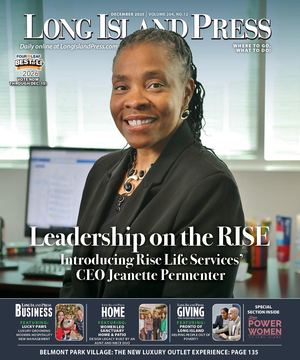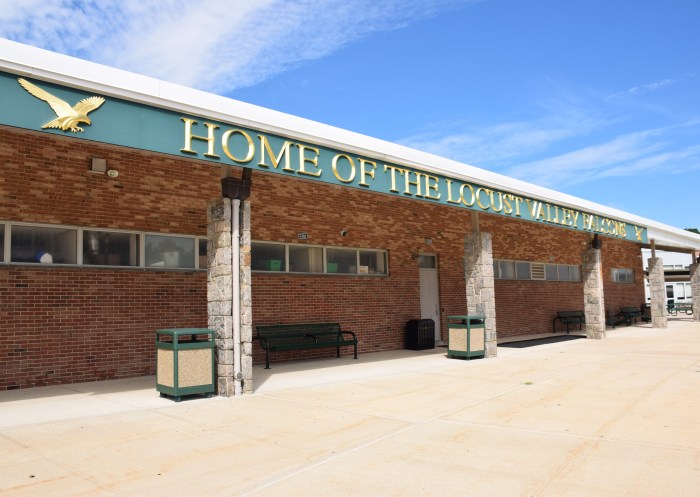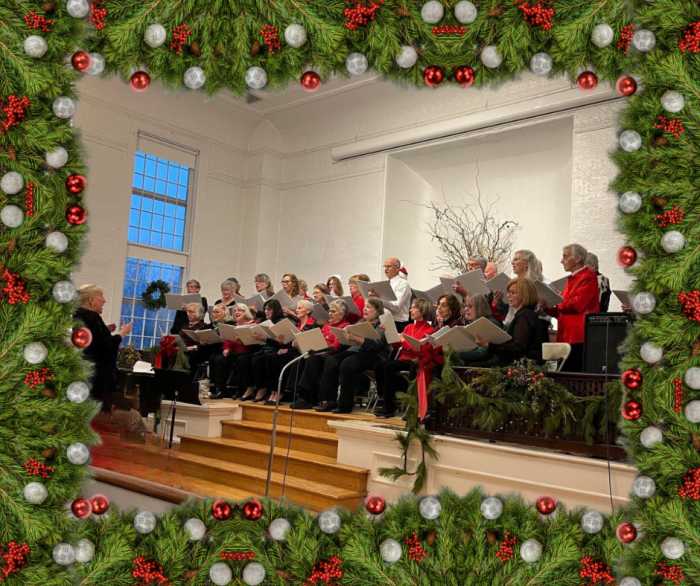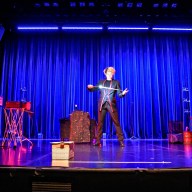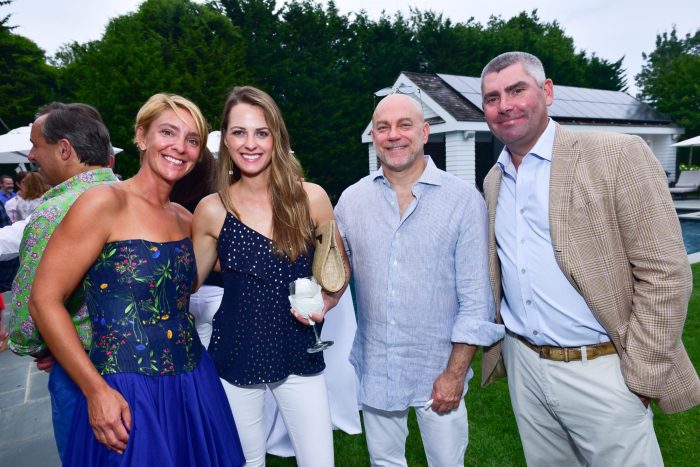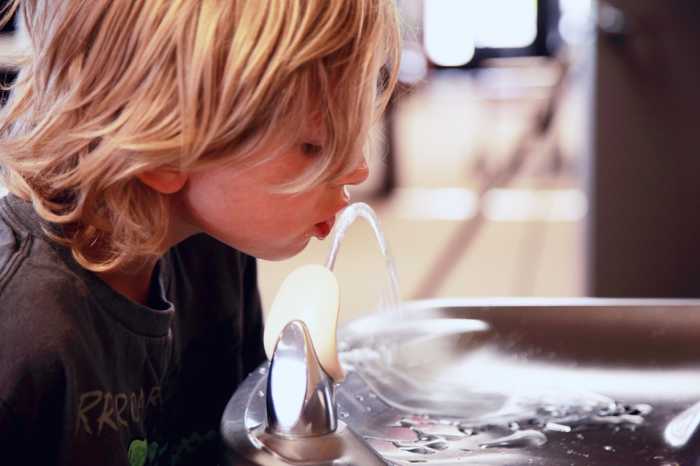Sunscreen? Check. Beach bag? Not quite. Morgan McCartan, an eighth-grade student at East Woods School, is passionate about the sun, but not because she wants to hang out at the beach and get a tan.
When McCartan was in the fifth grade she read an article about the dangers of ingredients found in sunscreen. Her curiosity was instantly piqued. She was fortunate enough to be attending a summer program run by Jane Powel, founder of OMNILearn Corp, and the scientist and educator responsible for the Advanced Learning Program, a proprietary and high-level science-based program at East Woods School. Now in the eighth grade, McCartan’s curiosity was awarded with a first place prize at the competitive and prestigious Long Island Science and Engineering Fair (LISEF) this past March. Up against 120 middle school competitors who were representing 19 schools, this was no small achievement.
That first summer McCartan studied yeast growth and the impact of different amounts of ultraviolet radiation on yeast. She entered her experiment in the annual East Woods Science Symposium and took first place. This endorsement served to further motivate McCartan to take her research to the next level. She spent the next year testing the individual ingredient retinyl palmitate on the yeast, and what she learned shocked her: Not only did the retinyl palmitate cause the yeast to dry up, but it did not protect it from the UV rays.
In seventh grade McCartan entered LISEF with Riley Hughes, then an East Woods eighth-grader who is currently completing her freshman year at Philips Academy Andover. Their project tested many different ingredients in sunscreen such as oxybenzone and zinc oxide to observe the effects on the yeast growth. The two students also created their own sunscreen with all-natural ingredients that do not harm the skin but that do provide protection from UV rays. Although they did not win the competition, McCartan was committed to continuing her scientific research on this topic.
As Jeanne Lore, upper school science teacher at East Woods, said, “It isn’t often you find a student in the middle school environment that has as much dedication and passion for science as Morgan McCartan.”
This year McCartan made some adjustments to her research project and studied the effects of ultraviolet radiation on planaria regeneration. Planaria have stem cells similar to humans which allowed McCartan to draw conclusions about how the human cell regeneration process is impacted by ultraviolet radiation. McCartan cut many planaria into two pieces and exposed them to different amounts of UV radiation. She measured this by using an ultraviolet transilluminator, which is a form of artificial UV radiation. Her results showed that the planaria exposed to larger amounts of ultraviolet radiation were not able to regenerate. This led her to conclusions about how our stems may not regenerate properly from the high amounts of UV radiation we receive on a daily basis.
The next step in McCartan’s long road to finding a safe and effective sunscreen is her continued research on this topic. As a first place prize winner at LISEF, McCartan has been invited to apply for a spot at the Broadcom MASTERS Competition in Washington, DC.
As Powel said, “Morgan can persevere. She knows how to deal with adversity. She is also one of the most well-rounded, kind and even-tempered people I’ve met. She flourished in the environment at East Woods, and I have no doubt that science will continue to be a driving force in the way she thinks. She has what it takes to succeed in the 21st century.”
Lore added, “Morgan has been a pleasure to teach and mentor. I am certain I will be reading her published works in the years to come.”
